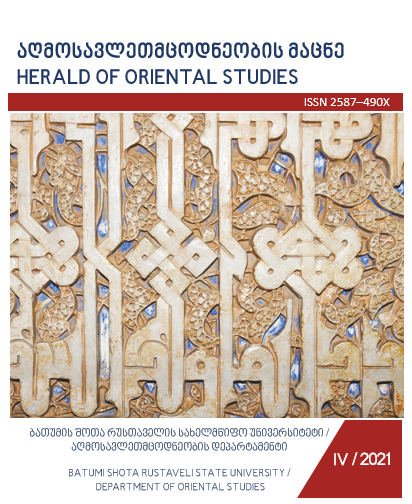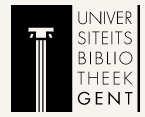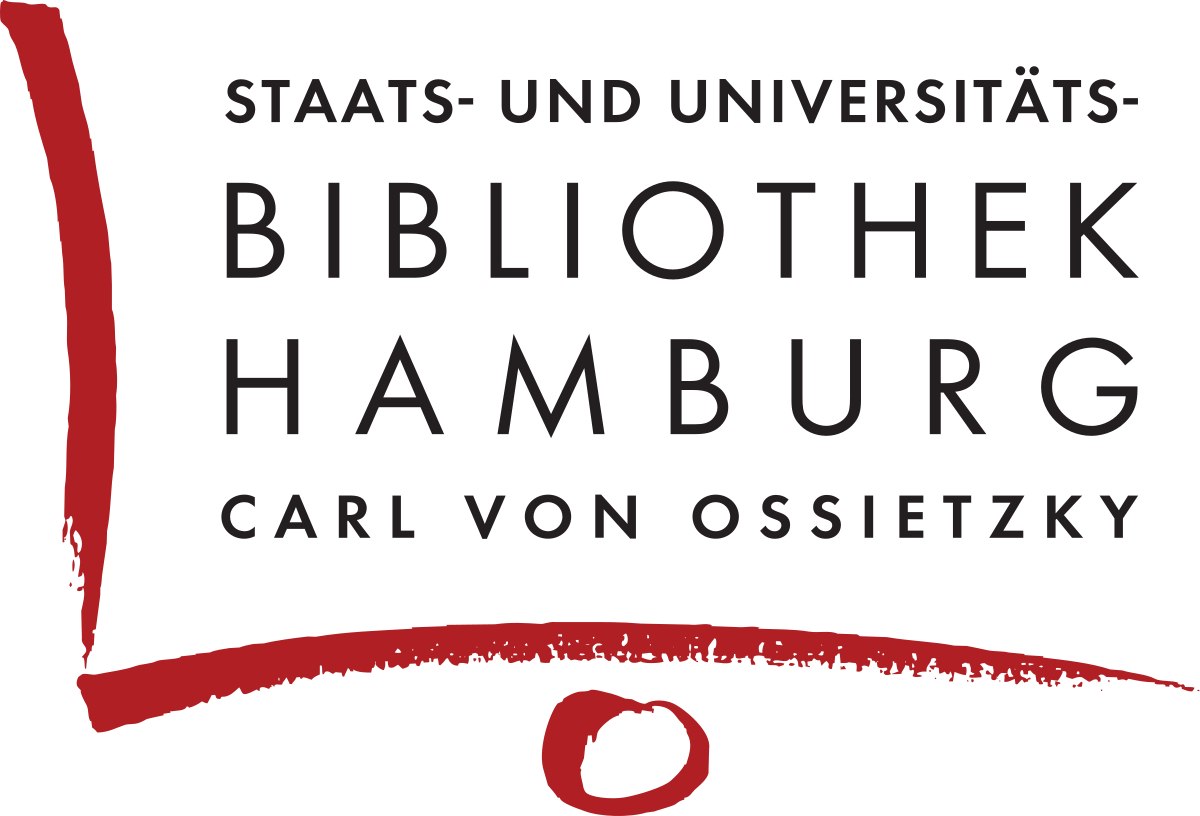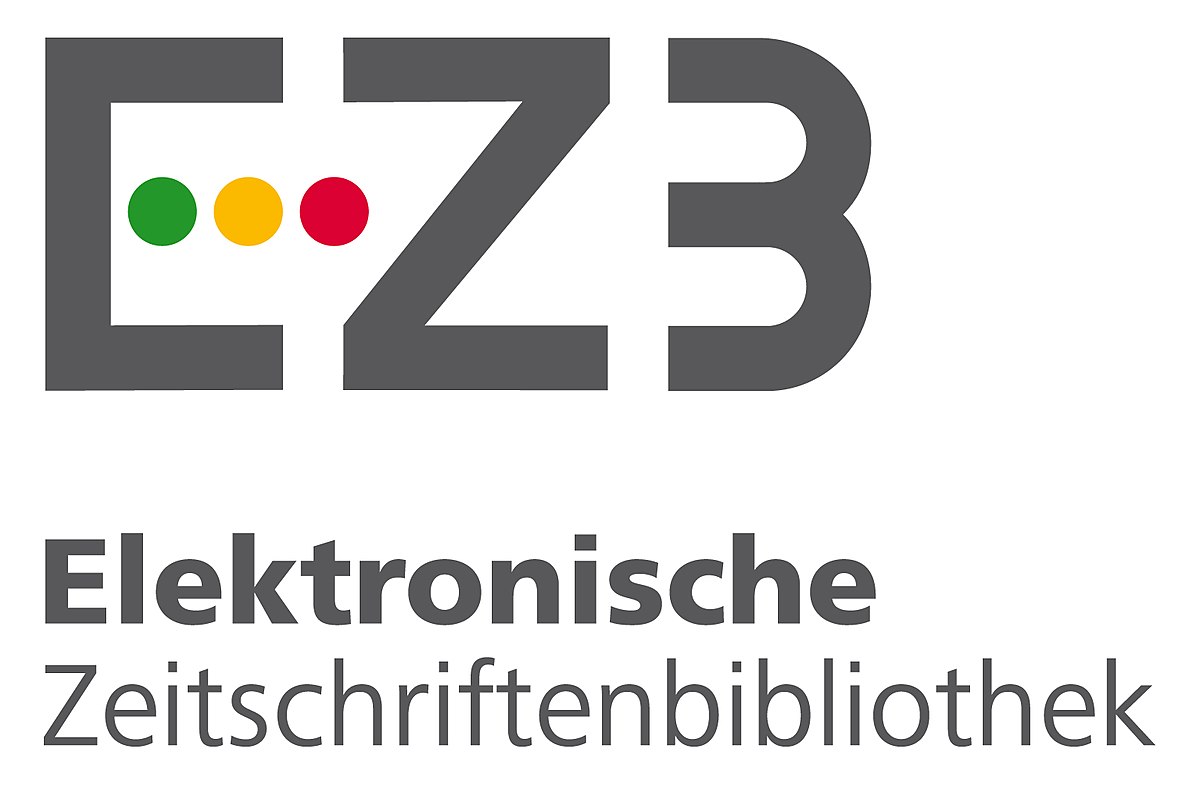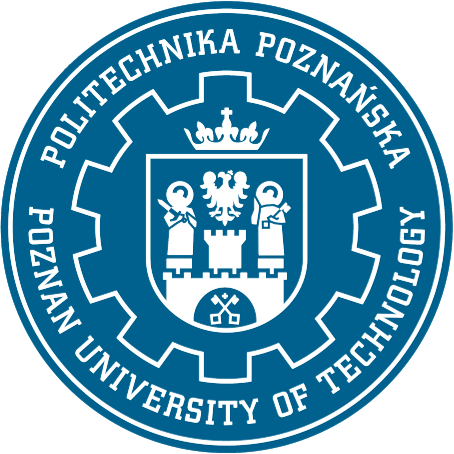The Structure of Georgian and Turkish Idioms With the Same Semantics
DOI:
https://doi.org/10.48614/hos.4.2021.180-190Keywords:
Idiom, Phraseology, Georgian language, Turkish language, Component, Structure, ReductionAbstract
The paper, based on relevant examples, discusses the structure of Georgian and Turkish idioms from a semantic and stylistic point of view, given that the idiom in Turkish is not strictly separated from phraseology and the word „deyim” (“idiom” is rarely used there) covers all phraseological units, which is different from proverb-aphorisms. It is interesting, that we also find monosyllabic idioms in Turkish, although most Turkish scholars usually consider a combination of at least two words as an idiom.
As it turns out, two-, three-, and four-word idioms make up 95% of the total number in Turkish, most of which are of course two-word.Verbal (predicative) idioms predominate in both Georgian and Turkish, but Nominative idioms are much fewer. Adverbial idioms are even more modestly represented in these languages.In Turkish idioms we often find a doubling, ie an event when the same word is fully, in most cases - partially repeated. In some cases such words are not translated directly.
Although the idiom is a solid, unchanging unity of words, in Georgian, unlike in Turkish, in some cases the principle of word order is violated. Word replacement and reduction-expansion is observed in both Georgian and Turkish languages. The reason for everything is to be found in the nature of these languages. It should also be noted that in most cases it is difficult to determine which form of idiom is primary- reduced or widespread.
Downloads
Downloads
Published
How to Cite
Issue
Section
License

This work is licensed under a Creative Commons Attribution-ShareAlike 4.0 International License.

